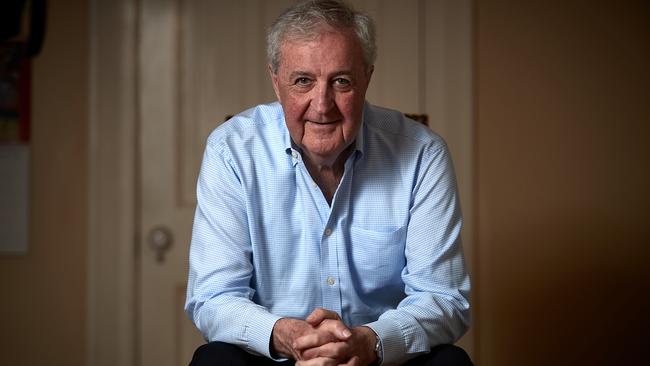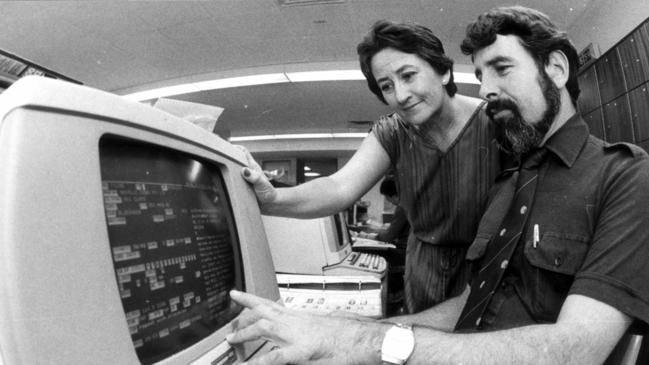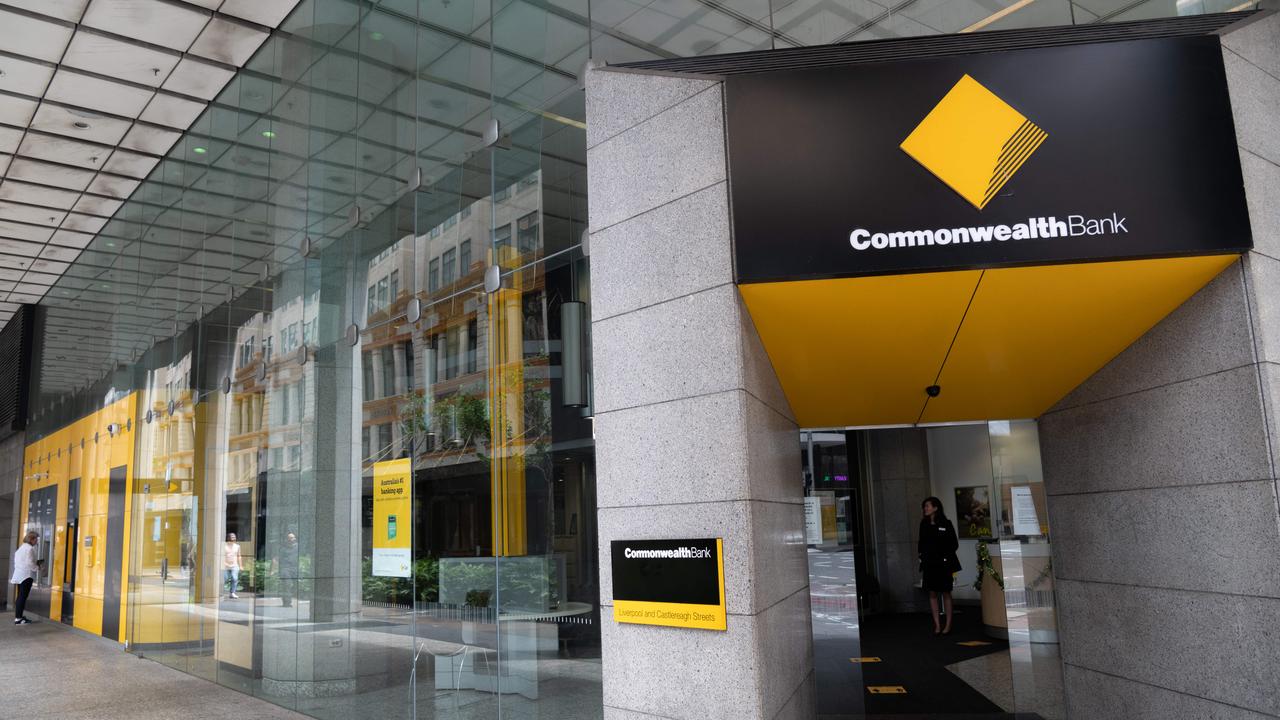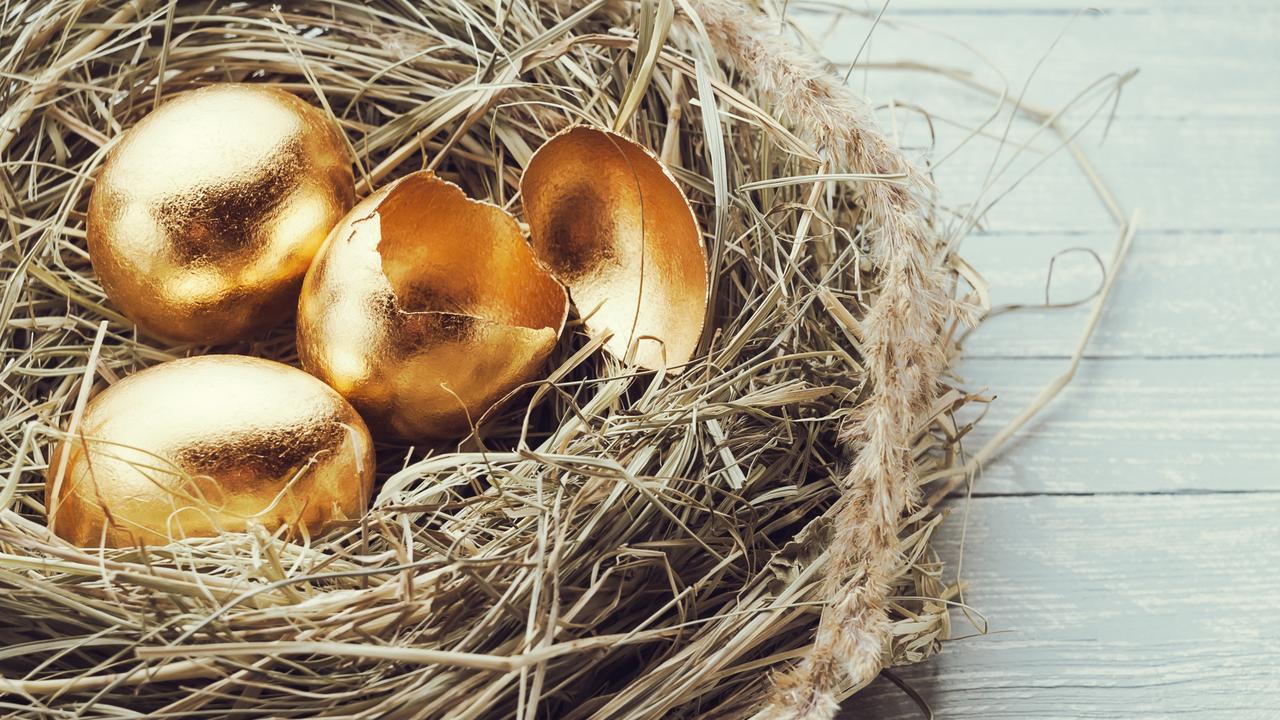How bracket creep and fall in IT costs strangling growth and inflation

The RBA’s statement on Tuesday to announce that interest rates were on hold was the usual confident blarney designed to keep spirits up (theirs, one imagines, as much as ours), apart from this sentence: The outlook for the Australian economy is little changed from three months ago.
That was after they had cut the cash rate twice, before doing it again in October. The shocking September retail sales data on Monday confirmed the story of little change, if not deterioration in truth: the rate cuts and the tax cuts have made no immediate difference, apart from reigniting the housing market.
Inflation is as moribund as consumption and growth, and monetary policy seems powerless to change any of them.
Former RBA governor Ian Macfarlane said as much a month ago in these pages in a rare bit of hard-truth-telling from the central banker community: “(Monetary policy has) done everything it can do. Once interest rates are negligible, further cuts would seem to have very little power to do anything useful.” Apostasy!
That was a few days after the last rate cut, and it’s too early to pronounce him correct about the usefulness of that cut, but in general his heresy is unarguable. Which begs the question of why inflation and consumption are moribund and whether there is actually anything that would be useful in sparking them back to life.
It’s probably worth briefly addressing, at this point, what’s wrong with 1.6 per cent inflation, and why the target rate of 2 per cent is so desirable. There are two answers to that: first, higher inflation is needed to deal with the colossal pile of debt Australian households have saddled themselves with, since repaying it is out of the question and mass default would not be good. And second, low inflation is an effect of other economic failings, rather than a cause — higher inflation would be a sign that other things, like wages and consumption, were improving.
Two silent killers
There are also two silent killers of consumption and inflation that are hiding in plain sight: bracket creep and the collapse of the cost of computing.
Tax as a percentage of household income has increased from 16 to 19 per cent over the past eight years as a result of bracket creep. This year’s tax cuts barely made a dent in it. What’s more the creep has hit lower-income earners the hardest, where spending is most sensitive to changes in income.
Since 2013 the Coalition has made a political virtue of increasing revenue and fiscal consolidation and is now celebrating the return to surplus. Over the same period, the RBA has cut the cash rate 15 times from 4.75 to 0.75 per cent; interest payments have fallen from 10 per cent of household income to about 6 per cent.
In other words, the increase in tax taken by the government has entirely offset the reduction in interest received by the banks.
There is another aspect of federal government policy that is weighing on the economy: immigration. Thanks to robust population growth, GDP is growing at the same time as there is flat to negative per capita income and output. The extra population is a factor in reducing wages growth, which in turn weighs on spending and inflation.
So let’s be clear about it: the government’s boasted-about record of economic management — continued GDP growth and returning the budget to surplus — is actually the thing that is killing it.
Should fiscal policy provide more stimulus, as the RBA is pleading for? Of course. Imagine the absurdity of the RBA cutting rates to zero and desperately buying real estate bonds with newly materialised money while the government continues to trumpet the return to surplus through fiscal tightening.
The cost of computing
As for inflation, the silent killer of that was picked out of a line-up last month by Anne Dias, the head of hedge fund Aragon Global at a Grant’s Interest Rate Observer conference in New York. She said the cost of computing is now one-hundred millionth of what it was in the 1970s. The power of computing, she added, was now progressing more each hour than it did in the whole of its first 90 years.
From this comes the surge in the so-called internet of things, the proliferation of biological data, the acceleration of transaction speeds, the burgeoning applications of artificial intelligence — in general, “an explosion of innovation, automation and production”.
“This is incredibly deflationary,” Dias went on. “You no longer need to always hold max-capacity storage space in your company’s data centre. A company no longer has to worry about overprovisioning and thus wasting costly resources or under-provisioning and missing potential customers and revenue.”

And every morning the members of the RBA brains trust arrive at work and switch on computers that, back when Bernie Fraser caused the last Australian recession in 1991, would each have filled a city block and cost 10 years’ salary. As it has for hundreds of years, computing (that is, counting and accounting) lies at the heart of all economic activity. The notion that the price of it has fallen to one-hundred millionth of what it was, and continues to decline at the same rate, and the power of it has grown exponentially at the same time, and continues to do so, is fundamental to everything about the economy.
Yet it is barely discussed by economists, and not at all by central banks. Perhaps that’s because there’s nothing they can do about it; the tech revolution has sidelined them. Meanwhile, they are flailing away with interest rates that are having zero effect, while tapping and staring at the cause of their impotence.
Alan Kohler is Editor in Chief of InvestSMART.com.au


